Top speed 220 km/h Length 3.9 m | Wingspan 4.9 m | |
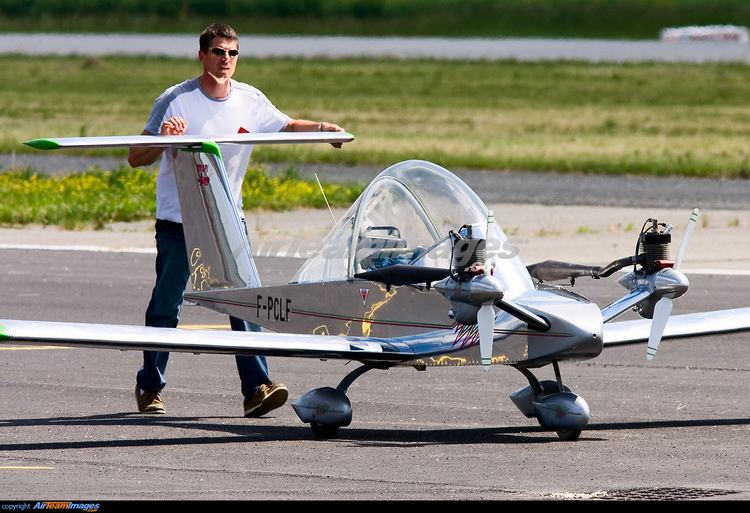 | ||
The Colomban Cri-Cri (English: the chirp-chirp sound made by a cricket) is the smallest twin-engined manned aircraft in the world, designed in the early 1970s by French aeronautical engineer Michel Colomban.
Contents
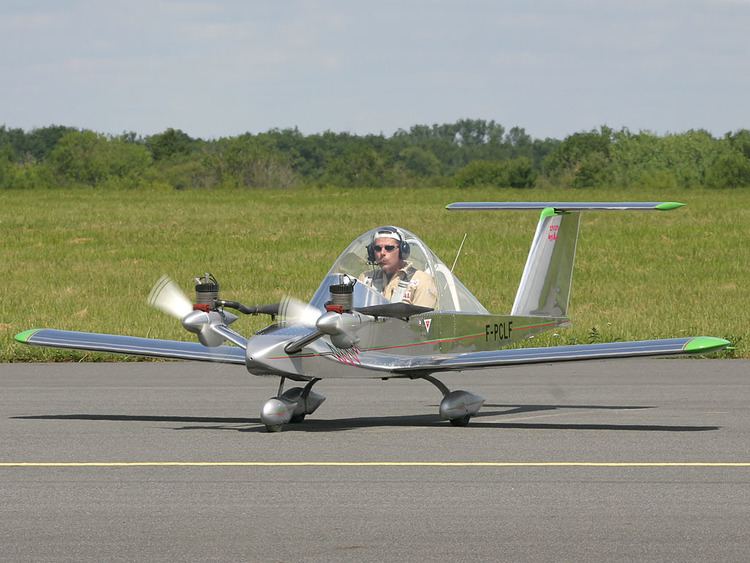
Cri-Cri in English is the chirp-chirp sound made by a cricket and also the nickname of Christine, one of Colomban's daughters.
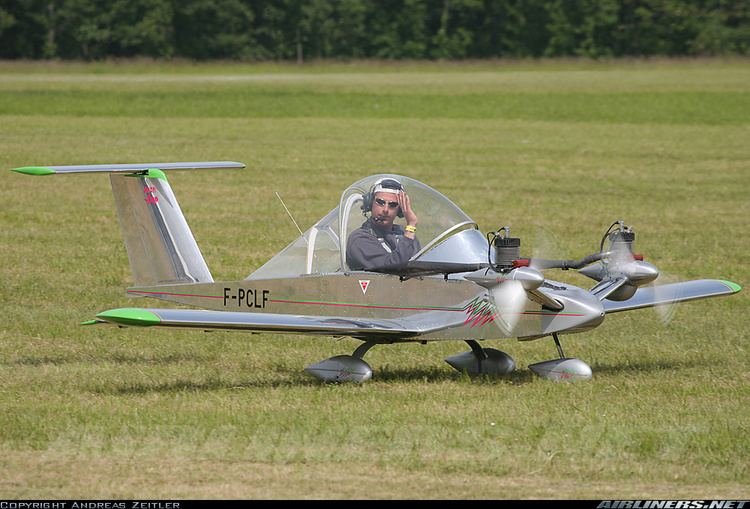
Design and development
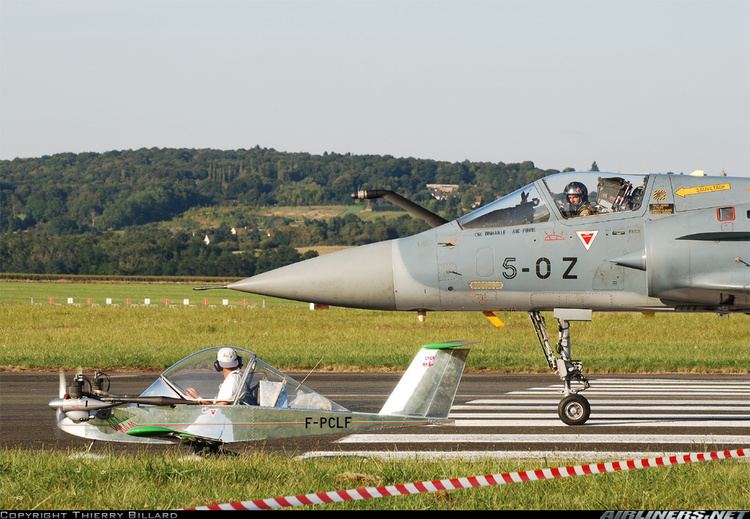
The Cri-Cri features a cantilever low-wing, a single-seat enclosed cockpit under a bubble canopy, fixed tricycle landing gear and twin engines mounted on pylons to the nose of the aircraft in tractor configuration. The aircraft is made from aluminum sheet glued to Klegecell foam. Its 4.9 m (16.1 ft) span wing employs a Wortmann 21.7% mod airfoil, and has an area of 3.1 m2 (33 sq ft). The aircraft is also capable of aerobatics within the limitations of twin-engined aircraft.
Variants
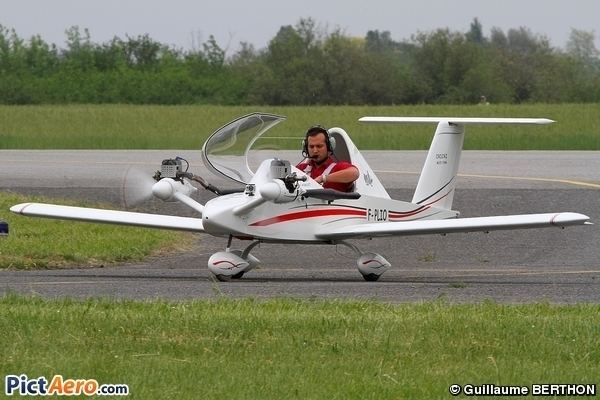
Operational use
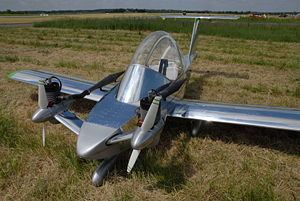
As with any homebuilt aircraft, the existing Cri-Cri planes have often been modified by their builders, departing from the original design to a varying degree, resulting in varying performance. Most versions can climb with one engine inoperative.
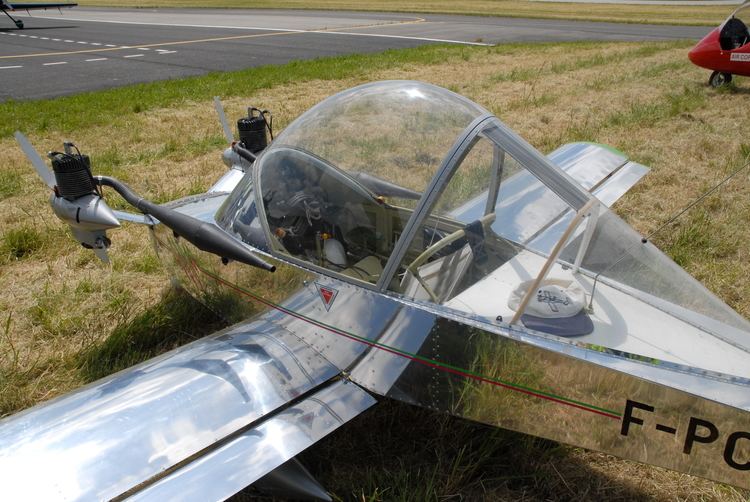
In June 2010, EADS partnered with Aero Composites Saintonge and the Greencri-cri Association to present an electric-powered Cri-Cri at the Green Aviation Show in Le Bourget. The modified airframe with composite components can fly for 30 minutes at 110 km/h. The aircraft uses four brushless electric motors with counter-rotating propellers, which makes the aircraft one of the world's smallest four-engine aircraft.
On September 5, 2010 Electravia accomplished a world record speed of 262 km/h (162.33 mph) for a lithium polymer-powered aircraft using a Cri-Cri with two electric motors (each producing 25 hp) during the attempt. The company claimed engine and cooling drag reductions of 46 percent versus the conventional combustion engine arrangement.
On 9 July 2015 the electric-powered version of the design flew across the English Channel hours before the Airbus E-Fan, becoming the third electric aircraft to do so. It was pulled aloft by another aircraft and did not take off on its own. The first was the MacCready Solar Challenger in 1981 and the second used electric motors powered by hydrogen.
Specifications (MC 15)
Data from Michel Colomban
General characteristics
Performance
